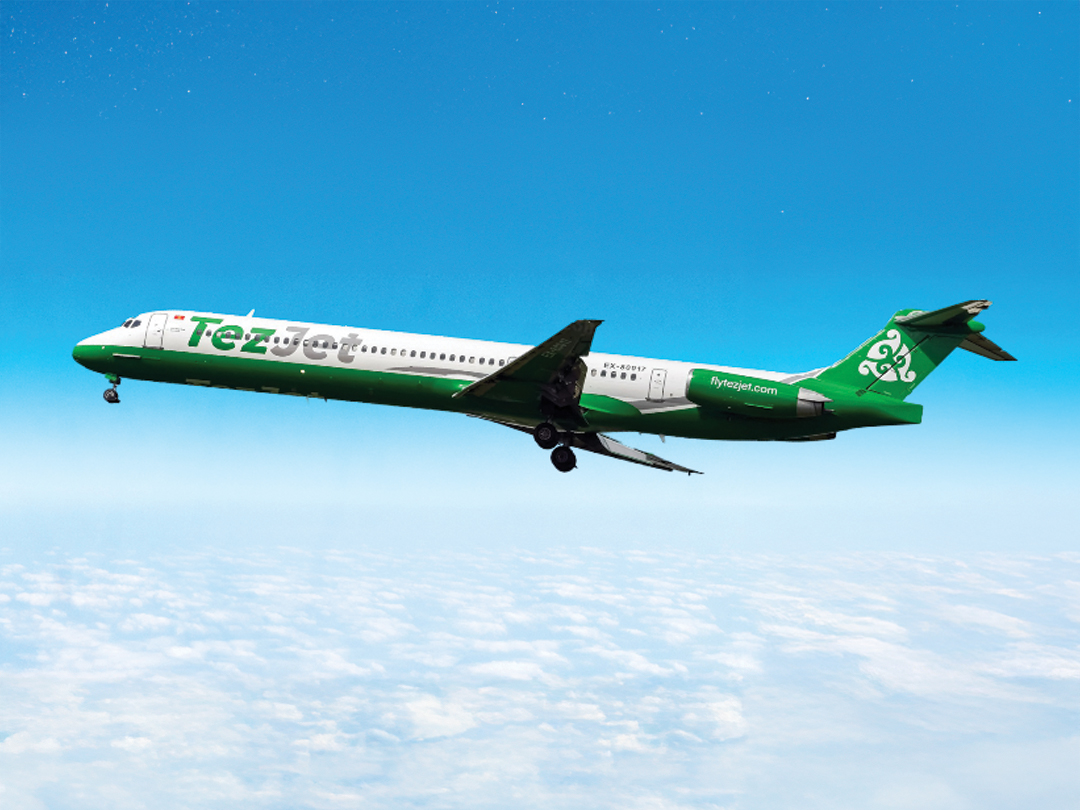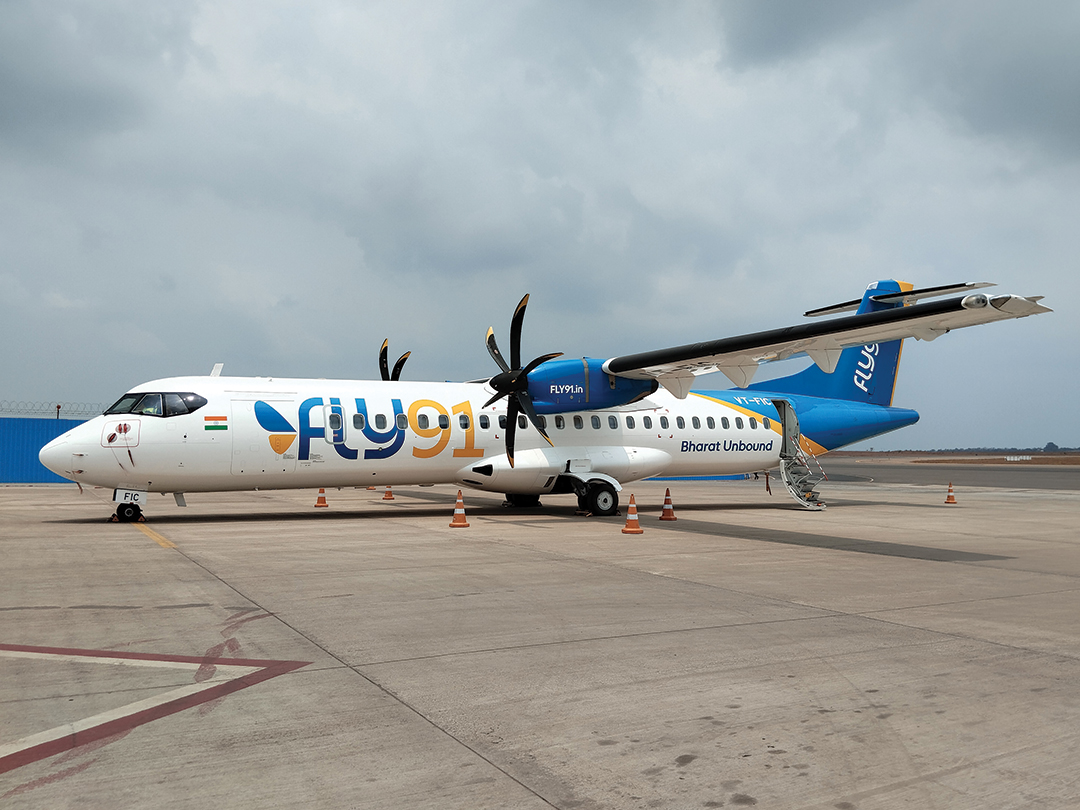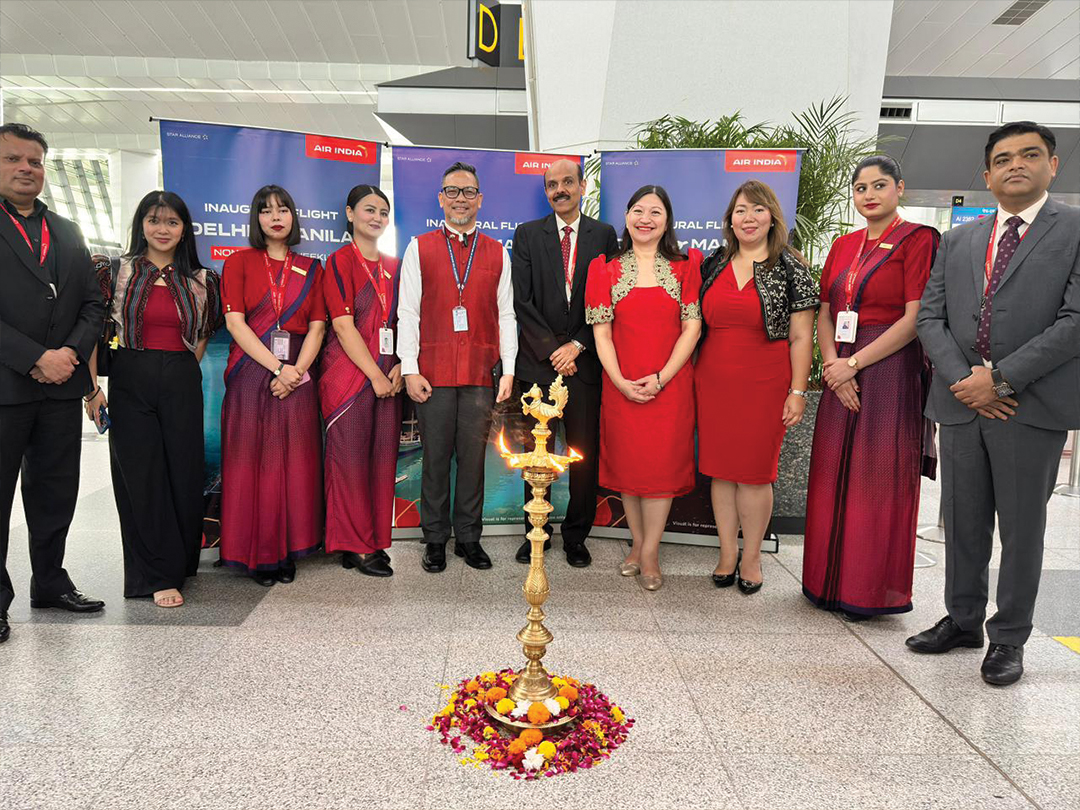Data-driven technologies will enable smarter decision-making, optimize resources, and prepare airports for a sustainable and efficient future.
Digital transformation is the future of aviation

As Asia Pacific continues to lead the world in aviation growth, airports in the region face the dual challenge of accommodating increasing passenger and cargo traffic while also improving operational efficiency. With the aviation market in this region projected to grow exponentially over the next two decades, airports must leverage digital solutions to stay ahead of the curve.
Experts like Shantanu Gangakhedhar, Senior Consultant & Airports Lead at Frost & Sullivan, and Steven Dickson, Managing Partner at Skylight Aviation, provide key insights into how technology is transforming airside operations and what airports must do to prepare for the future.
Growing need for efficiency and capacity
Shantanu Gangakhedhar notes that one of the most significant trends shaping the future of airside operations in Asia Pacific is the increasing focus on digitalization to enhance both efficiency and capacity. As the region’s airports handle rapidly increasing traffic, the need for innovative solutions has never been more urgent.
“Digitization is transforming airport operations on two fronts: increasing efficiency and expanding capacity handling capabilities,” Gangakhedhar explains. “Workforce scarcity remains a major challenge, not just in Asia Pacific but globally. Automation is becoming an essential tool in addressing this challenge. Autonomous Ground Support Equipment (GSE), along with 5G, AI, and RFID technologies, are allowing airports to automate airside tasks, manage resources more effectively, and allocate them based on real-time needs.”
With labor shortages, especially in critical areas such as ground handling and baggage management, the adoption of digital tools to automate processes is a practical solution. These technologies not only improve operational efficiency but also reduce turnaround times, which are crucial as airports strive to keep pace with the growing demand for air travel.
Preparing for exponential growth

Senior Consultant & Airports Lead at Frost & Sullivan
Asia Pacific is one of the fastest-growing aviation markets, and its airports must be ready to handle this rapid expansion. Gangakhedhar emphasizes that preparing for future growth involves deploying scalable, intelligent systems to support passenger processing, cargo handling, and resource optimization.
“As airports grow, they need to plan for the deployment of technology solutions that enhance operational efficiency and reduce bottlenecks,” Gangakhedhar states. “Resource optimization and maximizing existing infrastructure will be key in the face of this exponential growth. Equally important will be planning for workforce expansion—both in terms of hiring and training employees to complement these technological advancements.”
Many airports are already beginning to realize the importance of these investments. From AI-driven systems that forecast passenger flow to advanced baggage tracking technology, these innovations not only streamline airside operations but also ensure that airports are better prepared to handle rising traffic volumes without compromising service quality.
Data to revolutionize airside operations
Looking to the next decade, both Gangakhedhar and Steven Dickson agree that data-driven solutions, powered by AI and big data, will revolutionize airside operations. Gangakhedhar predicts that next-generation technologies, including augmented reality (AR), virtual reality (VR), and robotics, will become commonplace in airside environments.
“AI, big data, and robotics are all critical to the evolution of airside operations,” Gangakhedhar explains. “These technologies will automate tasks, enhance situational awareness, and enable collaborative decision-making.”
“Real-time predictive analytics will play a major role in reducing turnaround times and improving operational efficiency.”
Shantanu Gangakhedhar, Senior Consultant & Airports Lead at Frost & Sullivan
By harnessing these next-gen technologies, airports will be able to increase their ability to respond to real-time challenges, improving both operational flexibility and passenger experience. The result is a highly efficient airside operation where all stakeholders—from airlines to ground crews—can seamlessly share information and make data-driven decisions on the fly.
Leading the way in tech innovation
As the industry continues to evolve, several airports in Asia are already at the forefront of technological advancements. Gangakhedhar points to the region’s largest hubs as examples of excellence in technology adoption, noting that airports like Singapore Changi, Hong Kong International, and Hamad International have led the way in embracing innovation.
“These airports are embracing AI-driven predictive maintenance, biometric passenger processing, and autonomous GSE,” Gangakhedhar says. “These cutting-edge technologies not only enhance efficiency but also improve safety and security, creating a seamless travel experience.”
However, he also highlights the rise of smaller regional airports, which are increasingly adopting innovative solutions to handle growing point-to-point traffic. These airports, once seen as secondary to major hubs, are investing more in advanced technologies to improve operational efficiency and attract higher volumes of traffic.
Innovation for resilience

Steven Dickson emphasizes that continuous innovation is crucial for airports to remain resilient in the face of disruptions, whether caused by fluctuating demand, environmental challenges, or unexpected crises.
“Airports that embrace digitalization, flexible infrastructure, and automation will be best positioned to weather future uncertainties,” Dickson says. “This involves not only using AI for operational forecasting and baggage management but also adopting sustainability practices, such as low-emission operations and carbon-neutral strategies.”
In addition, he advocates for airports to invest in business continuity planning and scenario-based planning, incorporating digital twins and predictive analytics to enhance crisis response capabilities. “This allows airports to plan for disruptions before they occur and ensure that their operations remain flexible and resilient, no matter the challenge,” Dickson adds.
Role of smart infrastructure
Infrastructure plays a key role in the evolution of airside operations. Both Gangakhedhar and Dickson agree that airports must rethink their infrastructure to ensure it is fit for the future. Airports need to focus on maximizing asset utilization and ensuring that their infrastructure can support evolving traffic demands.
“Many airports have built facilities that airlines neither want nor are willing to pay for. Airports should focus on developing infrastructure that meets the needs of the airlines and passengers they serve, while ensuring that resources are used efficiently.”
Steven Dickson, Managing Partner at Skylight Aviation
This approach, he argues, will lead to more cost-effective, sustainable operations, and help airports stay competitive as demand continues to rise.
As Asia Pacific’s aviation market grows at an unprecedented rate, airports must adopt digital and technological solutions to handle the increased passenger and cargo traffic. From autonomous GSE and AI-driven predictive maintenance to blockchain-based logistics solutions, technology is set to play a central role in redefining airside operations.
By focusing on efficiency, capacity, and innovation, airports in the region can ensure they remain agile and resilient in the face of future challenges. As Gangakhedhar and Dickson highlight, the path to success lies in adopting scalable, data-driven technologies that enable smarter decision-making, optimize resources, and prepare airports for a sustainable and efficient future.
Shweta Nair
Subscribe to Our Newsletter
Keep in touch with our news & offers
Thank you for subscribing to the newsletter.
Oops. Something went wrong. Please try again later.










